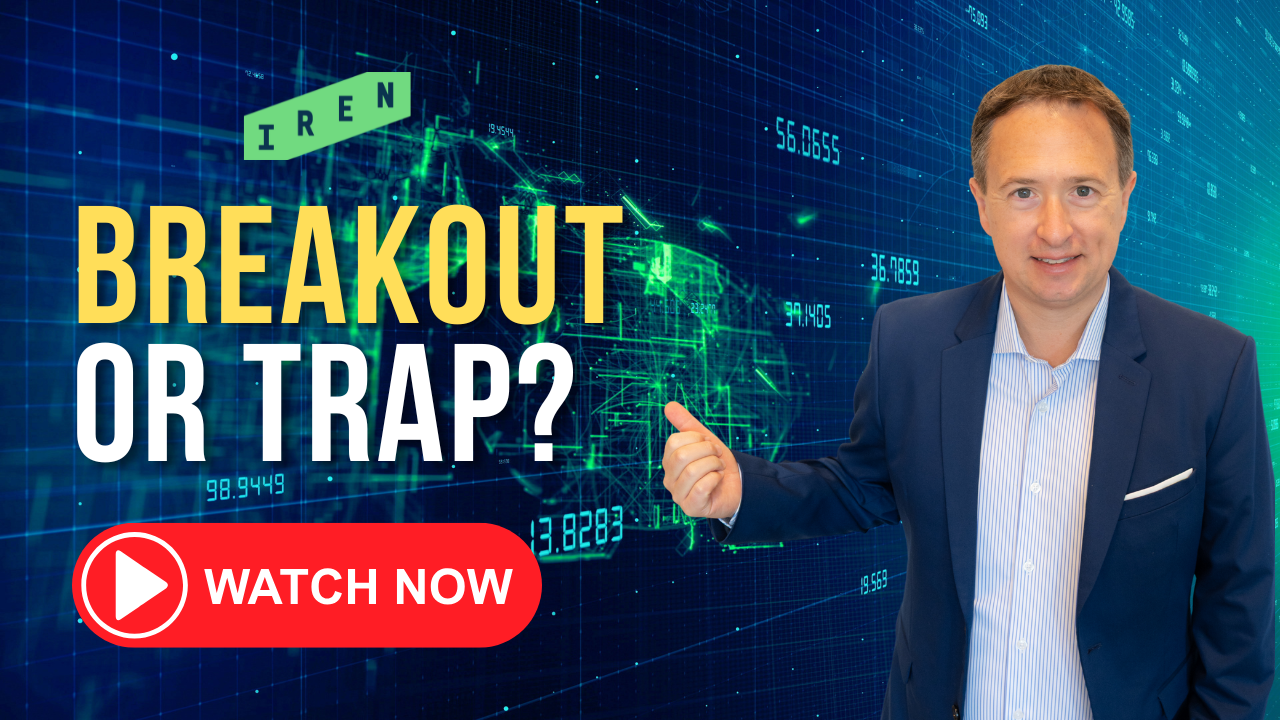A lot has happened so far in 2018.
One of the most recognizable tech executives testified in front of Congress, tax reform began impacting earnings results for multinationals, and shares of the largest music streaming service in the world hit the public markets.
But amid all that buzz, 2018 might be remembered as the year in which blockchain technology became widely utilized at scale by leading global enterprises.
Another chapter in blockchain history was just written by IBM (IBM 3.01%), which on Thursday unveiled "Trustchain," an active blockchain network geared toward diamonds, jewels, and precious metals. Thinking of popping the question sometime soon? IBM's new active network can help you make sure that special piece for that special someone is both authentic and ethically sourced. Here's how.

Image source: Getty Images.
Trusted transactions
Blockchain is a distributed ledger technology, whereby different parties can access a shared and un-alterable record of transactions on a digital network. You can see how this would be a game-changer for global supply chains that deal in complicated, multi-part transactions involving several parties.
IBM is a first-mover in blockchain for business, and many of its early active networks involve exactly these types of complex, global transactions, from computer equipment to food safety. Trustchain is yet another version of these, this time applied to precious gems -- an area where both authenticity and ethical mining are the foremost concerns. According to the Consumer Goods Forum, fake jewelry costs insurers upwards of $2.5 billion per year, with counterfeit products in general costing the global economy $250 billion.
The parties
IBM is bringing together five relevant parties under the Trustchain network -- Asahi Refining (a precious metals refiner) (NASDAQOTH: ADIMF), Helzberg Diamonds (a jewelry retailer), LeachGarner (a precious metals supplier), The Richline Group (a global jewelry manufacturer) and UL (an independent, third party verifier).
Each party can contribute to the ledger, which will increase transparency and traceability as diamonds and gems move from the mine, through the supply chain, and into that ring you see in retail stores. By coming together under a single blockchain network, all five parties will be able to eliminate fraud and also speed up compliance, which should save both time and money.

Image source: IBM.
Strategic imperative
The active network will be hosted in the IBM Cloud and based on the Hyperledger Fabric, an open-sourced blockchain standard in which IBM is a leading contributor. Cloud and blockchain are two of the most important products to IBM's turnaround. Last quarter, IBM reported $4.2 billion in Cloud revenue, up 14% year over year, and 50 active blockchain networks, up 15 from just the start of 2018.
These high-growth segments are key to the company's turnaround, as overall revenues were flat (adjusted for currency) last quarter, with the company's strategic imperatives just barely offsetting declines in IBM's legacy businesses.
Blockchain wars heating up
While IBM (and just about every other large IT company) was behind Amazon (AMZN 1.60%) in developing cloud computing infrastructure, they haven't made the same mistake twice. Blockchain is a field where IBM appears to be the leader. The company is one of the main contributors to the Hyperledger Project, a consortium of large companies that contribute to standardized blockchain technology geared for regulated businesses.
Of course, the Hyperledger technology is open-source, which means other companies are free to use the same technology without having to pay a license. That is, in fact, happening: just two weeks ago, Amazon introduced its own blockchain templates based on Ethereum and Hyperledger Networks. Oracle (ORCL 1.17%) also has a similar offering.
Still, IBM already has several large active networks in place, with Trustchain merely being the latest iteration. While blockchain technology is open for other companies to use, IBM is banking on its incumbency with global organizations, its regulatory expertise, and its enhanced security offerings (via its new z14 mainframe with end-to-end encryption) to help it carry the day.
Right now, Big Blue seems to be the blockhain leader, with several networks involving large, global players and complex supply chains.








